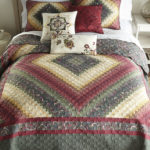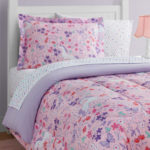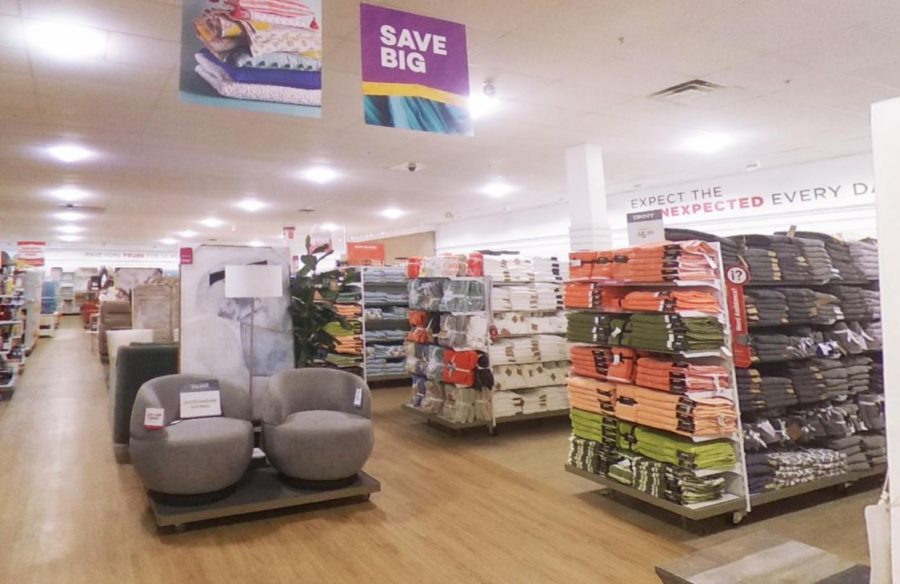New York – Market research and insights firm YipitData has released its second annual Home Goods Market Share Index for home goods pure players.
“As concerns around consumer spending and inflation heighten and growth of the home goods industry slows, it’s becoming more important for retailers to understand their performance relative to the larger market context,” said Dan Pellegrinelli, YipitData’s vice president of research.
“Our Home Goods Market Share Index can help contextualize growth and understand consumer behavior trends like total spend and average order values,” he added. “This could be a game changer when it comes to staying competitive in the current market.”
YipitData’s research shows that even with the post-pandemic return-to-store movement, monthly gross merchandise value for the top 10 home retailers overall has shrunk compared with last year, indicating a noticeable decline in consumer spending on home goods.
While overall sales are well above where they were in early 2020, the data suggests there is a return to pre-pandemic levels, according to Pellegrinelli.
Home Goods Market Share key takeaways:
- Bed Bath & Beyond, Ashley Furniture, Wayfair and Overstock have seen the largest decreases in market share year over year. While Overstock and Wayfair experienced a huge boom in sales at the beginning of the pandemic, they have not been able to keep up as consumers increasingly return to in-store shopping.
- Wayfair continues to have the largest market share but is losing share as omnichannel retailers grow.
- Of the top 5 retailers who gained market share in Q2, the majority are considered high price point brands with average order value over $1,000:
1. La-Z-Boy
2. Pottery Barn
3. Restoration Hardware
4. Arhaus
5. Crate and Barrel/CB2
Since the first quarter report, one of the biggest losses is from Overstock, which went from No. 9 to No. 13. Bed Bath and Beyond also dropped from No. 2 to No. 5. The gainers included HomeGoods, which moved from No. 3 to No. 2, and Big Lots, which moved from No. 5 to No. 3.
Several regional furniture chains made it onto the Top 30 list including Raymour & Flanigan at No. 16, Nebraska Furniture Mart at No. 17, Bob’s Discount Furniture at No. 18, Havertys at No. 23 and Badcock Home Furniture at No. 24. The biggest movers from Q1 to Q2 included Bob’s which went up from No. 20 to No. 18 and Badcock which went down from No. 21 to No. 24.
The current top 30 home goods pure players according to YipitData’s analysis are:
- Wayfair
- HomeGoods
- Big Lots
- Ikea
- Bed Bath & Beyond
- Restoration Hardware
- Ashley Furniture
- Pottery Barn
- La-Z-Boy
- At Home
- West Elm
- Crate & Barrel/CB2
- Overstock
- Living Spaces
- Rooms To Go
- Raymour & Flanigan
- Nebraska Furniture Mart
- Bob’s Discount Furniture
- Williams Sonoma
- The Container Store
- Pottery Barn Kids & Teens
- Arhaus
- Havertys
- Badcock Home Furniture
- Frontgate
- Ethan Allen
- Room & Board
- Furniture Row
- Rejuvenation
- Serena & Lily
The quarterly index of the 30 retailers is put together by YipidData’s retail and e-commerce analysts by tracking trends and estimated sales using the company’s alternative data solutions. It measures year-over-year growth and quarterly market share changes based on combined sales across digital and brick-and-mortar. The current results are for the second quarter of fiscal 2022.
See also:
Anne covers the evolving landscape among retailers and manufacturers in the bedding, technology, e-commerce and disruptive retail segments.




















